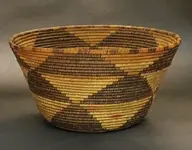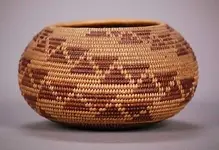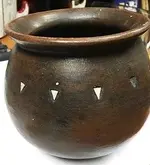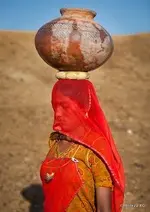trdking
Gold Member
- Joined
- Feb 28, 2015
- Messages
- 5,139
- Reaction score
- 7,923
- Golden Thread
- 0
- Location
- Fullerton CA
- Detector(s) used
- Minelab CTX 3030
AT Pro
- Primary Interest:
- All Treasure Hunting
Hello All,
I have had this pot for many years and have never been able to figure it out. It has triangle inlays (most of them missing) That appear to be shell or ivory It appears they were pressed into the way clay as there are bumps inside the pot where they are. The pot is very thin and has a round bottom.
Any ideas?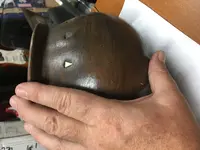
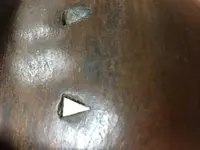
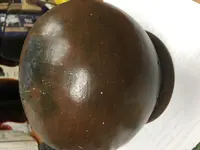
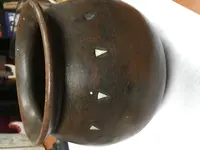

I have had this pot for many years and have never been able to figure it out. It has triangle inlays (most of them missing) That appear to be shell or ivory It appears they were pressed into the way clay as there are bumps inside the pot where they are. The pot is very thin and has a round bottom.
Any ideas?










